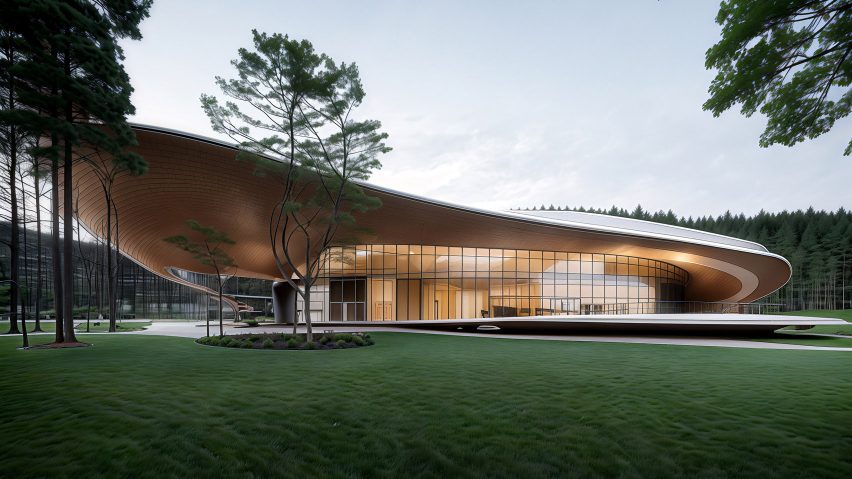
"Only by embracing AI can you be involved in controlling it" says LookX founder Wanyu He
AI will liberate architects from repetition and allow them to concentrate on things that add value to society, claims the CEO of LookX, a tech company seeking to revolutionise the process of designing buildings.
LookX describes itself as the world's first artificial intelligence (AI) tool trained specifically for architects.
Wanyu He founded the company in Shenzhen in 2016 under the name Xkool Technology. The team include former Google senior engineers, AI scientists, mathematics and cross-over designers.
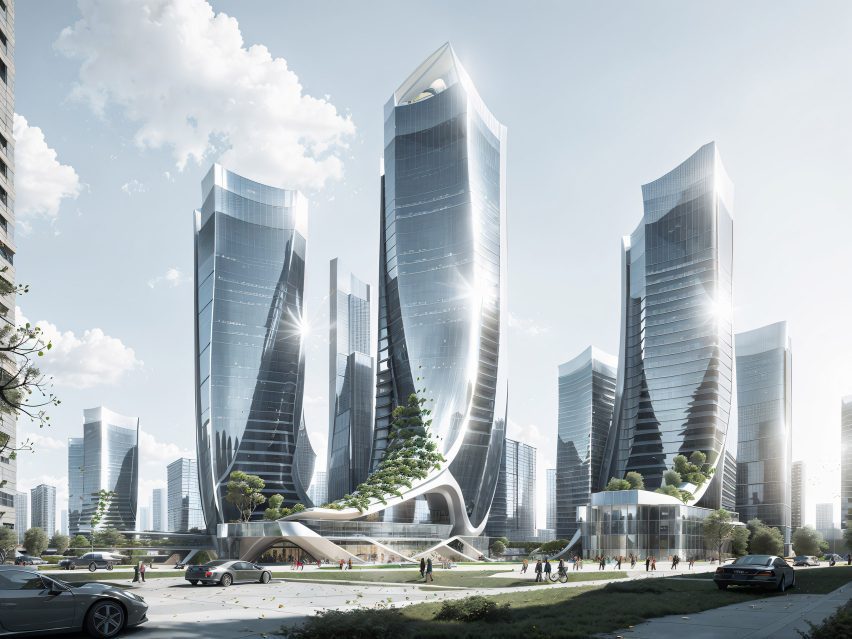
The English-language version of the platform, LookX, was later founded as a separate company in Los Angeles.
LookX's stated aim is to transform architectural design with AI technology, allowing architects to be free to focus on creative expression rather than repetitive operational tasks.
He is a former senior architect at Dutch architecture studio OMA who studied the crossover between architecture and computer science at Delft University of Technology's Belgrade Institute.

Speaking to Dezeen, she warned against jumping to conclusions about AI based on headlines in the news.
"We should not judge AI without fully understanding AI," she said. "Current AI is narrow intelligence – it can only complete specific tasks under the guidance of humans. The role of humans in managing AI is ever more important."
She dismissed concerns – previously expressed in a Dezeen opinion piece by Florida International University professor Neil Leach – about architects' jobs being lost to AI.
"Technology will continue to push society forward," He said. "How many jobs have been erased since the industrial revolution? Meanwhile more new jobs have been created."
"We, as humans, need to understand what is our key competitiveness. Technology will liberate us from repetition and allow us to concentrate on things with added value to society."

The rise of AI will enable architects to focus on smaller, more rewarding projects, she suggested.
"In China, for example, we are so used to projects with massive scale," she said.
"But if you look closely at the hutongs in Beijing, the laneways in Shanghai and the urban villages in Shenzhen that affect many people's everyday life but we've never really paid attention to, it is only possible to get on these projects if we free up more human resources from the grand narratives, and new jobs will naturally be born."
He claimed the main challenge for architects concerning AI was developing a good enough understanding of the technology to shape how it impacts the profession.
"Rejecting the technology will not make it disappear," she said. "Only by embracing it can you be involved in controlling it."
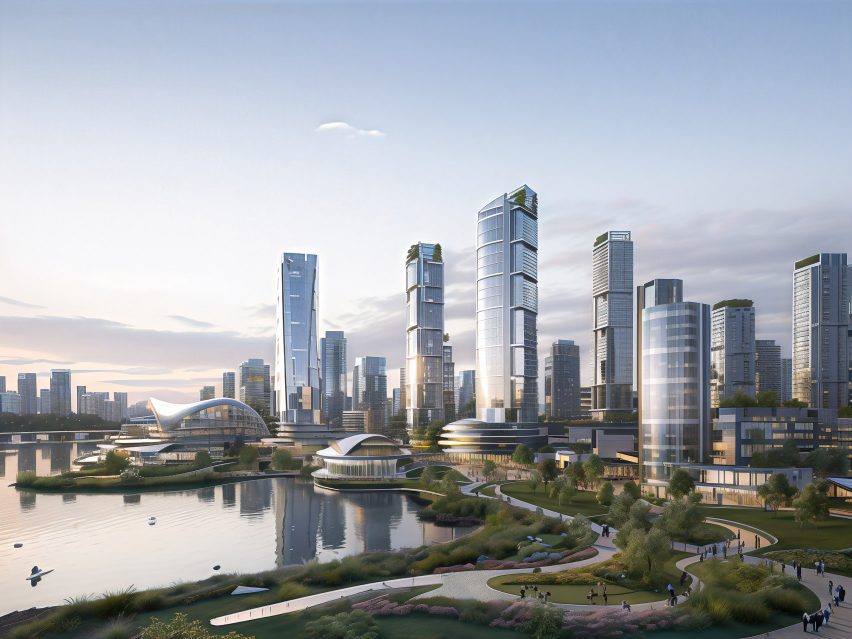
He's move into AI began with her own frustrations while working as an architect at OMA.
"Everyone works so hard, overtime is the norm," she said.
"Most of the time is spent on feasibility testing proposals over and over again," she continued. "Especially for international studios like OMA, testing is unavoidable because it's impossible to know different regulations from every country."
This is where she believes that AI can come into play. LookX develops algorithms to quickly generate, evaluate, and recommend schemes for architects that take account of local regulatory requirements while providing real-time cost analysis.
By leaving AI to do these calculations, He argues, architects are able to skip a lengthy and boring process and instead focus mainly on developing the design.
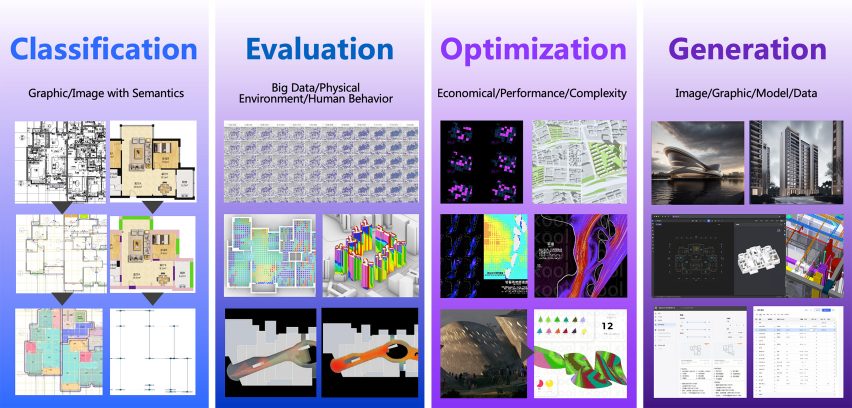
However, she also suggested that AI could finally spell the end of one of the most basic elements of architectural design – sketching.
"Hand-drawings cannot possibly contain all the data information required by the project, including regulatory restrictions and budget restraints," said He.
"Since the end scheme must follow all data requirements, why not use AI to generate schemes that are driven by data from the very beginning?" she asked.
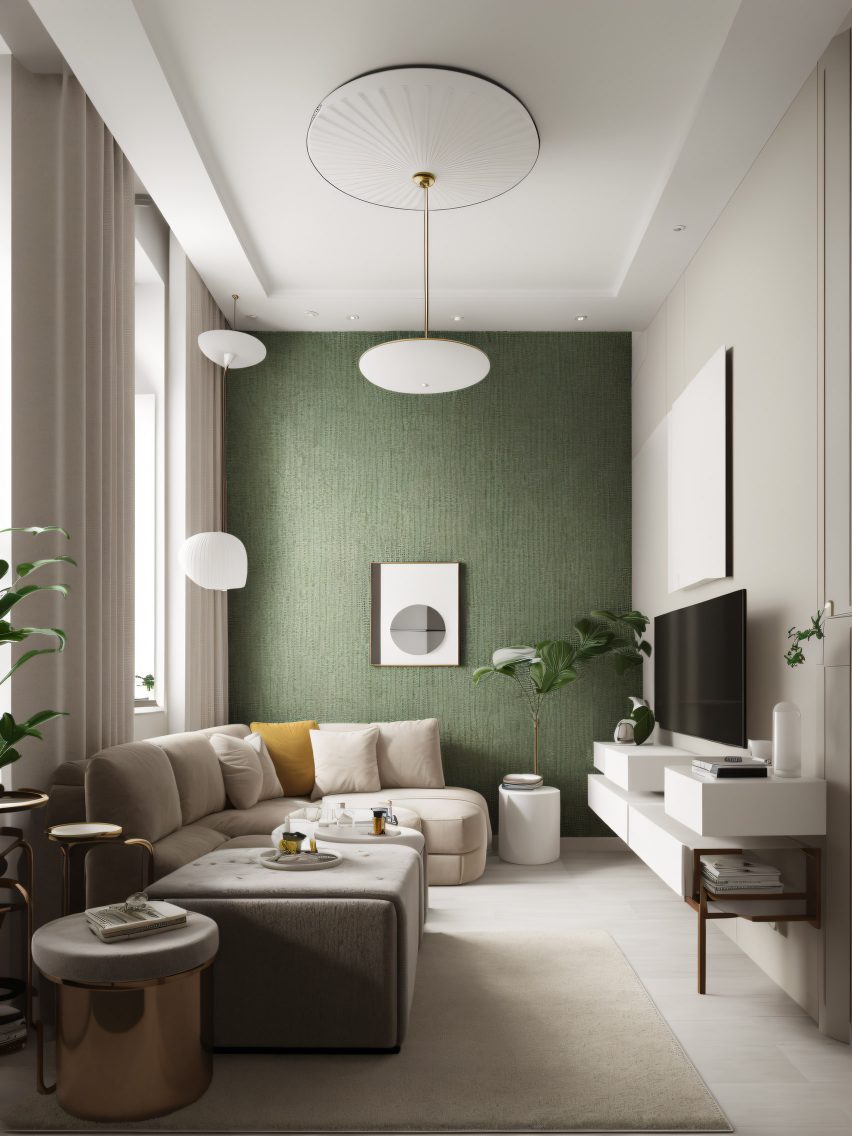
Zaha Hadid Architects principal Patrik Schumacher recently revealed that the studio is already using AI image generators such as DALL-E 2 and Midjourney to come up with design ideas for projects.
But He believes the potential uses for these sorts of tools in architecture are limited.
"If you ask Midjourney to create an unusually shaped building, the results would be very abstract and uncontrollable, pretty impossible to be built in reality, because the AI has not been trained in architectural design language."
"LookX not only pre-trained its AI on architecture models but also allows architects to train the AI models themselves to fit more specific design parameters," she added.
LookX recently opened a Berlin office to further expand its service globally, while it intends to also work in the capability to design interiors using the platform.
Designer Tim Fu used the tool to turn squashed paper into building models that evoke designs by architects Frank Gehry and Zaha Hadid.
This interview was conducted in Chinese and has been translated into English by the author.
The photography is courtesy of LookX unless otherwise stated.

AItopia
This article is part of Dezeen's AItopia series, which explores the impact of artificial intelligence (AI) on design, architecture and humanity, both now and in the future.